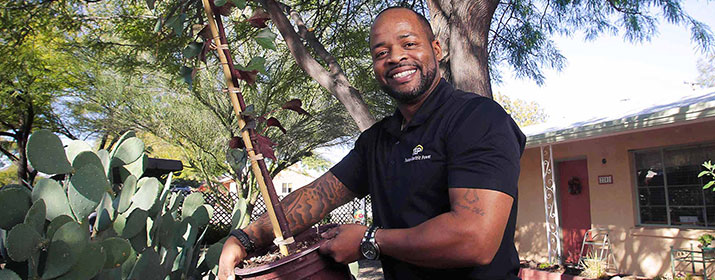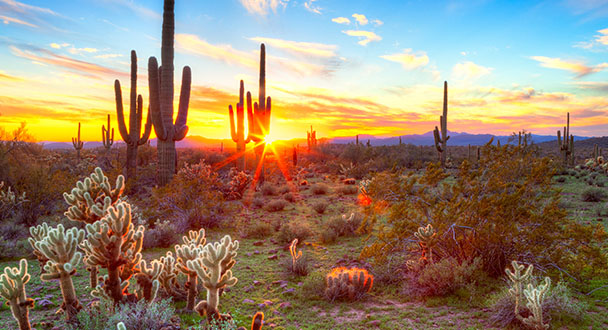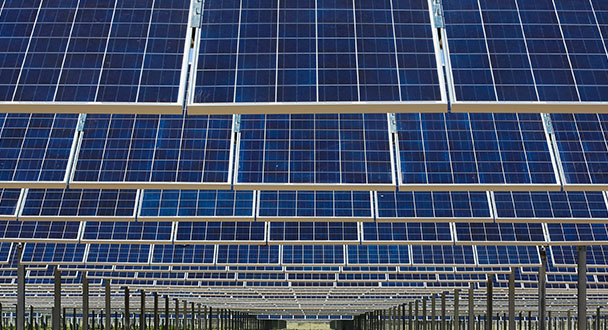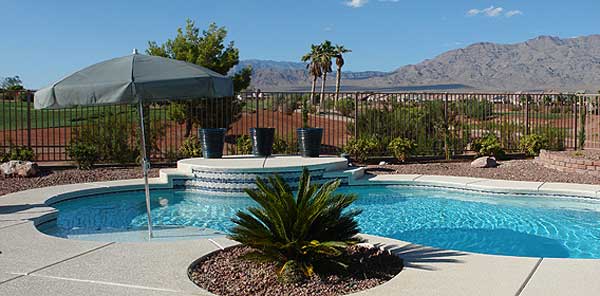
Ten years ago, Talena DeBaun was looking for a way to make both her outdoor experience and her midtown home itself more comfortable.
DeBaun at the time had just finished taking a course on desert landscaping and was looking for desert-appropriate, drought-tolerant trees. So when she heard about a Tucson Electric Power program offering deeply discounted trees, she placed her order.
While the trees were small, she had faith that with a little water, they’d transform her yard. “I love the desert, but I grew up on the East Coast, so I really wanted to see trees and not just gravel and sky,” she said.
“Those trees are really just magnificent now,” said DeBaun. “They shade my home in the summer and create a real oasis. The canopy even seems to keep the yard a little warmer in the winter.”
Through TEP’s Trees for You program, residential customers may order up to three 5-gallon shade trees at a discounted price of $5 each by logging into My Account. Trees are available to order from Sept. 1 until May 31, since summer plantings tend to have a low survival rate.
Customers can choose from a wide range of qualified trees, such as Arizona ash or cypress, desert willow, chitalpa, southern live oak, bottle tree and sweet acacia, among others.
As DeBaun has experienced, trees reduce radiant heat and solar heat gain by releasing water vapor, which can reduce the surrounding air temperature by as much as 6 degrees, according to the U.S. Department of Energy. Trees also reduce greenhouse gases, create habitats for wildlife and beautify your home.
Consider these factors before determining which trees to plant:
- Growth rate – To reap energy savings sooner, choose trees that will grow and mature quickly. Palo verde, acacia and Arizona ash are just three of the faster growing desert trees.
- Height and width – Round and V-shaped trees provide the most shade, but consider whether they will grow tall or wide enough when they mature to interfere with power lines, chimneys or other structures.
- Deciduous or evergreen – Deciduous trees that lose their leaves in the fall can block solar heat in the summer but let in the sun’s warmth in winter. Denser evergreens, on the other hand, will help block strong winds and snow in the winter to keep your home warmer.
The best times to plant trees to encourage root development and their survival are early spring and late fall. To maximize energy savings and qualify for the program, plant trees within 15 feet of the south, east or west sides of your home and a minimum of 10 feet away from sewer lines and 3 feet from other utility lines.
Before you dig, remember to first call Arizona 811 (formerly Arizona Blue Stake) at 1-800-STAKE-IT (1-800-782-5348) at least two working days before you dig.
Since the program began in 1992, TEP has contributed to the planting of more than 126,000 trees. For more information, please visit: https://www.tep.com/trees-for-you/
DeBaun said she’s found other benefits as well. While she has a yard swing outside that she and her house guests enjoy, there’s an entire ecosystem connected to the trees. “We have bunnies and lizards and birds, and even a number of nests. They really make such a big difference in the overall ambiance of my home.”
(Pictured above: TEP’s Rob Vance stands in front of Talena DeBaun’s home holding a sapling that’s similar to the four she planted 10 years ago.)






